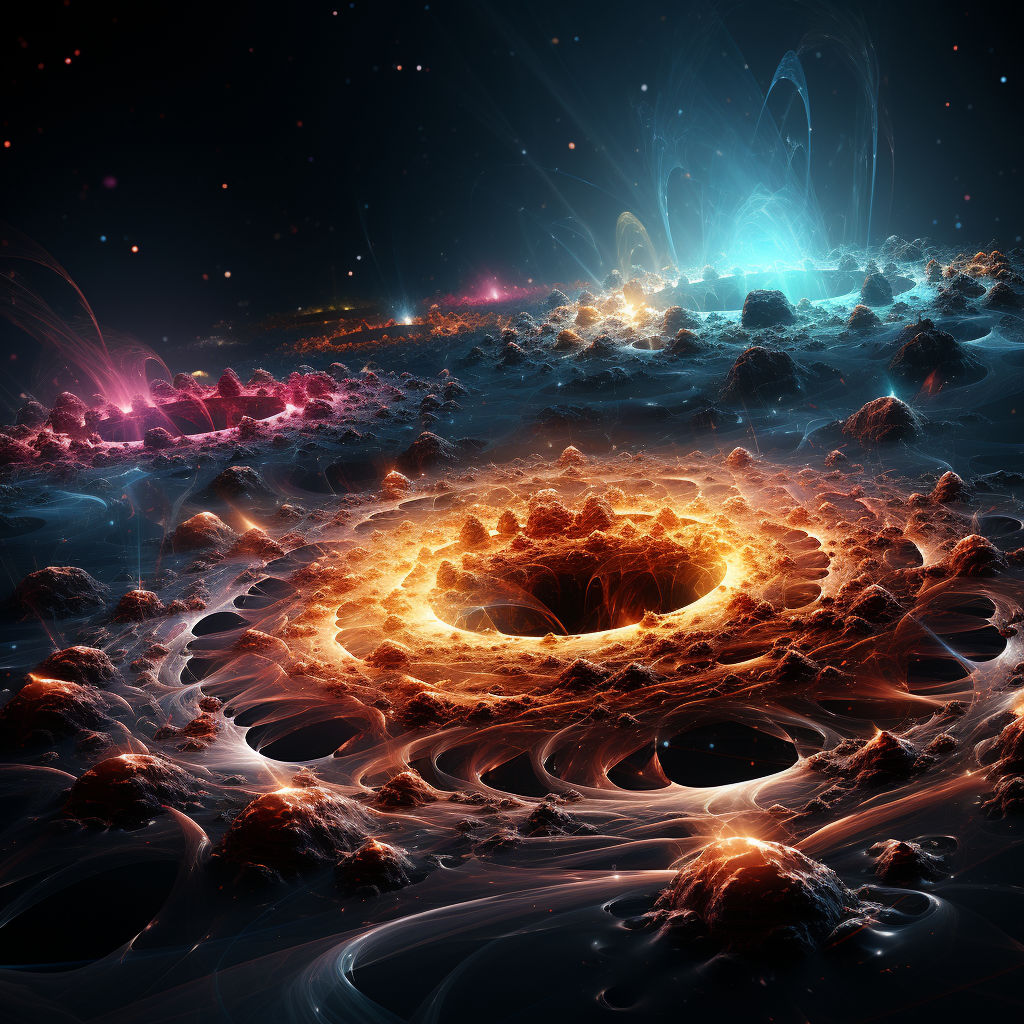
What is the concept of a wormhole, and how does it relate to general relativity?
A wormhole is a hypothetical passage through spacetime that creates a shortcut between two points in space. It is a tunnel-like structure that connects two distant regions, which are otherwise far apart from each other. The concept of a wormhole is derived from the theory of general relativity, which is a theory of gravity that explains the behavior of objects in the presence of massive bodies.
The theory of general relativity, developed by Albert Einstein, is one of the most important theories in modern physics. It explains the fundamental nature of gravity and how it relates to the geometry of spacetime. According to general relativity, the presence of matter and energy causes spacetime to bend, which creates a gravitational field. This curvature of spacetime is what causes objects to be attracted to each other and move in a curved path.
Wormholes are predicted by the equations of general relativity as a solution to the Einstein field equations. The equations describe the curvature of spacetime, and they allow for the existence of wormholes. The idea is that a wormhole is formed by a bridge connecting two points in spacetime, and it is held open by a substance known as exotic matter.
Exotic matter is a hypothetical form of matter that has negative energy density and negative pressure. It is required to keep the wormhole open and stable. The substance is not known to exist in nature, but it is possible that it could be created artificially. In order to create exotic matter, one would need to find a way to manipulate negative energy density, which is a challenge that has yet to be overcome.
While the concept of wormholes is an exciting one, their existence is currently a topic of debate among scientists. There is no direct evidence of the existence of wormholes, and their formation and maintenance would require the existence of exotic matter which is not currently known to exist in the universe. However, scientists continue to research and explore the possibility of wormholes, as they represent an exciting possibility for space travel and exploration.
One potential use of wormholes is for faster-than-light travel. Since a wormhole provides a shortcut through spacetime, it could allow a spacecraft to travel vast distances in a short amount of time. If a wormhole could be created and stabilized, it would represent a significant breakthrough in space exploration.
In conclusion, the concept of a wormhole is a fascinating idea that is derived from the theory of general relativity. It is a hypothetical structure that connects two distant points in space, and it is held open by exotic matter. While the existence of wormholes is still a topic of debate, they represent an exciting possibility for space travel and exploration. As our understanding of the universe continues to evolve, we may one day find evidence of the existence of wormholes and be able to explore the cosmos in new and exciting ways.




